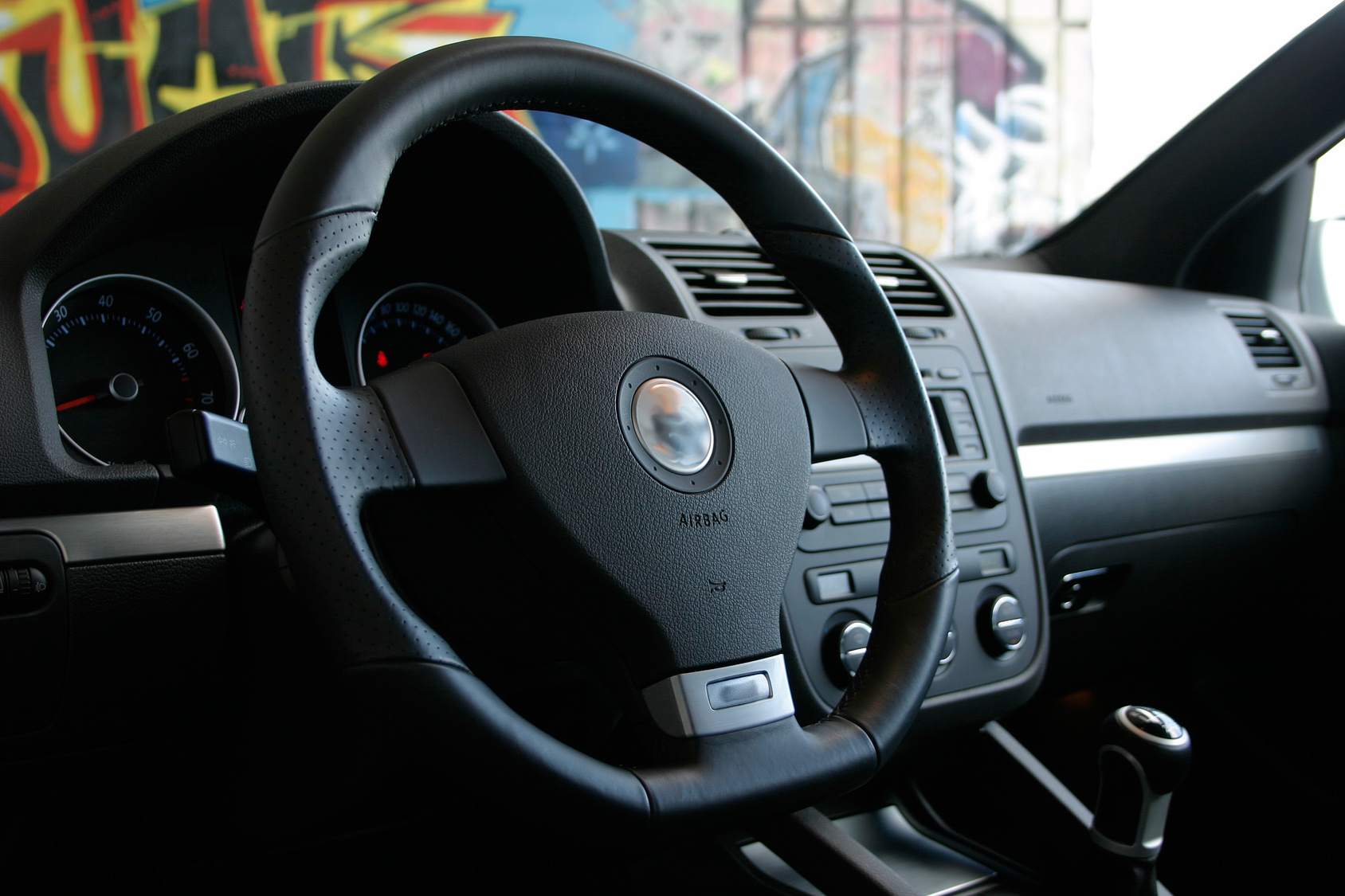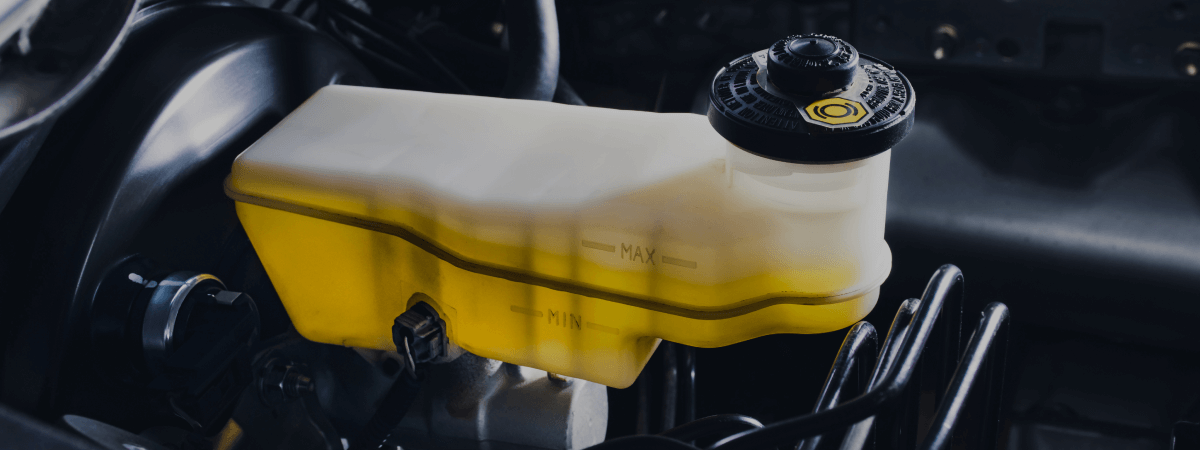
We drive with a lot of lights on our dashboard without giving them much thought. You might have a faulty sensor that fakes you out and makes you think your wiper fluid is low when it’s really topped off. Or maybe your fuel indicator is on but “you know your car” and plan to drive it until you’re coasting into the gas station on fumes.
Whatever the lights on your dashboard, it’s important to acknowledge them and understand what your car is trying to tell you. Perhaps most importantly, you should know the common reasons for your check engine light to turn on, and how you can fix the problem. The team at Master Muffler Ogden has some insight.
Loose Fuel Cap
Perhaps the most embarrassing car repair situation involves the one in which you bring your car into a shop to see why the check engine light is on, and it’s because of a loose gas cap. If your gas cap no longer tightens, it affects the pressure in your fuel tank because evaporative emissions are leaking. Your vehicle registers that problem and alerts you via the engine light.
If you notice the check engine light comes on after you fill your tank, you might not be securing it well. Or, you may need a new one that creates a better seal.
Low Oil
If your engine isn’t lubricated properly, it’s going to let you know. Your check engine light will come on, and you may hear noises under the hood.
How to Check Your Oil
- Open the hood and locate the oil reservoir dipstick
- Remove the dipstick and wipe it clean
- Note the “Low” and “Full” notches on your dipstick
- Reinsert the dipstick in the oil reservoir
- Remove the dipstick and determine where the oil hits the notches
If the oil isn’t between the “Low” and “Full” notches, you need to fill it up. Or, if it’s closer to the “Low” notch vs the “Full” notch, it’s time to add some more oil.
Bad Oxygen Sensor
If your exhaust system doesn’t have the right mix of oxygen, it can trigger your check engine light to come on. You need to have an optimal air and fuel ratio running through your car, so if your oxygen sensor isn’t working, your car’s computer might think there’s a problem. If you’ve determined your oxygen levels are good, take your vehicle in to have the oxygen sensor checked.
Reasons an Oxygen Sensor Fails
Your oxygen sensor might stop functioning if there are contaminants in your exhaust. If you’re not using the right fuel in your vehicle, it can negatively affect the oxygen sensor and illuminate your check engine light.
Failing Catalytic Converter
If your vehicle’s catalytic converter isn’t working or is missing, your check engine light is going to pester you again. The converter is responsible for removing harmful emissions from your exhaust system. If it’s clogged or contaminated, the engine suffers. Signs that there might be a problem with your catalytic converter include problems starting the engine, and slow acceleration.
Bad Spark Plugs
If your plugs are duds, you’ll notice poor vehicle performance as well as that pesky engine light on your dashboard. Vehicles need spark plugs to ignite the engine combustion process, so if they’re not properly sized or installed, your engine might misfire or rattle. Bad spark plugs can also reduce engine efficiency and affect how many miles per gallon you’re getting.
Faulty Air Flow Sensor
Are you seeing a recurring theme here? If your vehicle’s not drawing in or putting out the proper amount of air, your check engine light goes off like fireworks. If your airflow sensor isn’t working, you may not know if your engine intake is drawing the right amount of air for combustion. So, your car turns on the engine light to encourage you to check it out.
With a laundry list of reasons why your check engine light may come on, how do you narrow things down? You can pinpoint the problem by bringing your vehicle to Master Muffler Ogden. We can get started on auto repairs after reading your car’s error codes. With that knowledge from your vehicle’s onboard computer, we can see what triggered the engine light, and what steps we need to take to get it to turn off.
You can read engine codes yourself (more on that here) but if you’re not going to do the repairs yourself, you may find it more convenient to visit us. We’re versed in what the codes mean and can save you time.
Related Posts
Key Takeaways On average, passenger vehicle tires last 40,000 to 60,000 miles, depending on type, driving habits, and maintenance. Replace tires when tread depth reaches 2/32”, if damaged, or older than 10 years. Regular rotation, alignment, and proper inflation extend tire life. Aggressive driving, poor roads, and harsh weather shorten tire lifespan. Take advantage [...]
When you think about car maintenance, you probably focus on oil changes, tire rotations, and maybe even brake pad replacement. But what about your brake fluid? If you’ve ever wondered, “What does brake fluid do?” or “Why is brake fluid important?”, you’re not alone. Brake fluid might not be the most talked-about part of [...]
Is that high-pitched squeal from your brakes driving you—and everyone else—crazy? Don’t ignore it. Squeaky brakes aren’t just annoying, they’re your car’s way of saying something needs attention. Whether you're cruising through Salt Lake City or winding up Idaho’s mountain passes, here’s what’s likely going on, how you can fix it, and when it [...]





